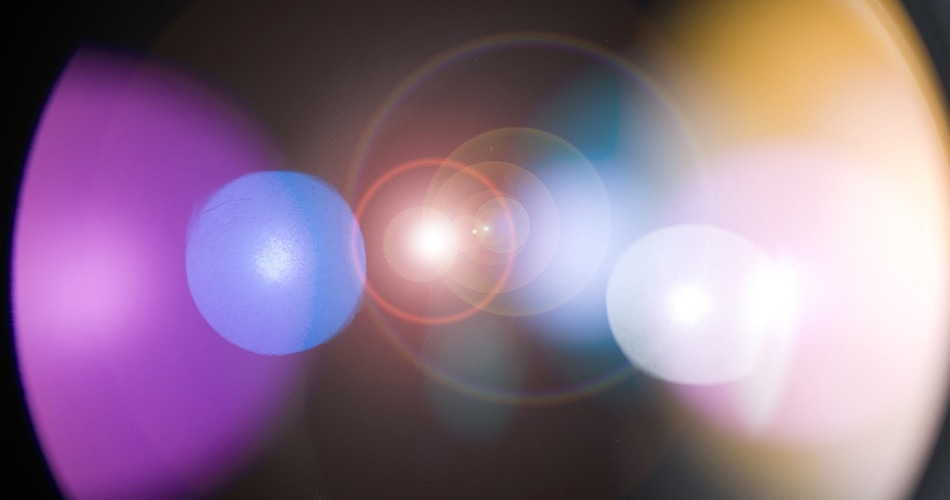
As microelectronics, which are devices that are based primarily upon the integration of microchips and microcircuits, continue to advance as leaders in the technology-dependent industries, their success has been largely dependent upon silicon integrated circuits.
Although silicon chips and wafers offer a unique ability to selectively control the flow of electrons through the material, its integration into other non-silicon complementary metal-oxide semiconductors (CMOS) has been difficult to achieve. This integration challenge stems from the varying lattices that exist between the materials, thereby making it difficult to grow high quality layers of other semiconductor materials onto the silicon layer.
In an effort to combat this challenge, a team of researchers led by Frank Koppens at the Institute of Photonic Sciences in Barcelona have successfully integrated graphene with CMOS to operate as an ultrasensitive digital camera1.
Traditional digital cameras, such as those that are present in your smart phone, are often only capable of absorbing visible light that is within the wavelength range of 400-700 nanometers (nm)2. To capture images within the infrared light spectrum, which measures at wavelengths greater than 700 nm, infrared cameras are sensitive to infrared light, and are capable of capturing images that extend beyond the visible spectrum.
Indium gallium arsenide cameras, for example, are infrared-sensitive cameras that can cost up to $50,000 as a result of the extremely complicated process that is required to integrate such a sensor with CMOS technology2.
To address the exorbitant price of this technology, as well as an effort to minimize the complexity of its fabrication process, Koppens and his team looked at utilizing graphene, the wonder material, to enhance CMOS-based camera performance.
Well noted for their application in a wide range of optoelectronic applications, graphene, as well as other types of two-dimensional (2D) materials, have successfully enhanced the way in which data communication, photodetection, high-performance LEDs and optical modulation devices and sensors perform.
One of the most unique properties of 2D materials involves their ability to interact with a wide range of supporting substrates that can be chosen based on their flexibility, thermal conductivity, inert nature, surface reactivity, and much more3.
By initially transferring graphene, which was epitaxially grown onto a copper foil substrate, onto the surface of a silicon CMOS chip, Koppens and his team embedded the chip into the camera so that each pixel was covered with a layer of graphene.
To further sensitize the pixel structure, a layer of lead sulfide (PbS) colloidal quantum dots (CQD) was deposited on top of the graphene layer through a process known as simple spin casting. Spin casting, which can also be referred to as centrifugal rubber mold casting (CRMC) is a type of fabrication technique that utilizes a centrifugal force to produce castings, which are often comprised of a low temperature metal or thermoset plastic, from a disc-shaped mold4.
With an ultrahigh gain of 108 and responsivity above 107 AW-1, accompanied by a spectral sensitivity that ranges from 300-2,000 nm, this photodetector prototype offers a clear advantage for infrared imaging purposes1.As light is absorbed from the environment by the CQD-graphene layer, electrons move to the graphene layer through photogenerated holes, allowing for a voltage circulation to exist between the pixels of the camera.
The addition of graphene is not fully responsible for the enhanced light absorption, however, its impressively high electronic mobility when added to the CMOS layer, which measures at a switching time of 0.1-1 ms, allows for the accurate detection of infrared light while eliminating the possibility of noise interactions.
While the advantages of graphene are immense, some of its industrial limitations are directly related to the imperfections that are often present within the material, as well as the difficulty associated with mass-producing the material for such purposes. Despite these challenges, Koppens and his team are hopeful that future graphene-CMOS semiconductor cameras could find use in cameras present in applications such as security systems, automobiles, smartphones, as well as food and pharmaceutical inspection systems.
Sources:
- “Broadband image sensor array based on graphene-CMOS integration” S. Goossens, G. Navickaite, et al. Nature Photonics. (2017). DOI: 10.1038/nphoton.2017.75.
- “What Wavelength Goes With a Color?” – National Aeronautics and Space Administration.
- “New Production Methods for Two-Dimensional Materials Emerge” – The Graphene Council
- “Compare Processes” – Tekcast Industries
- Shutterstock.com/06photo
Disclaimer: The views expressed here are those of the author expressed in their private capacity and do not necessarily represent the views of AZoM.com Limited T/A AZoNetwork the owner and operator of this website. This disclaimer forms part of the Terms and conditions of use of this website.